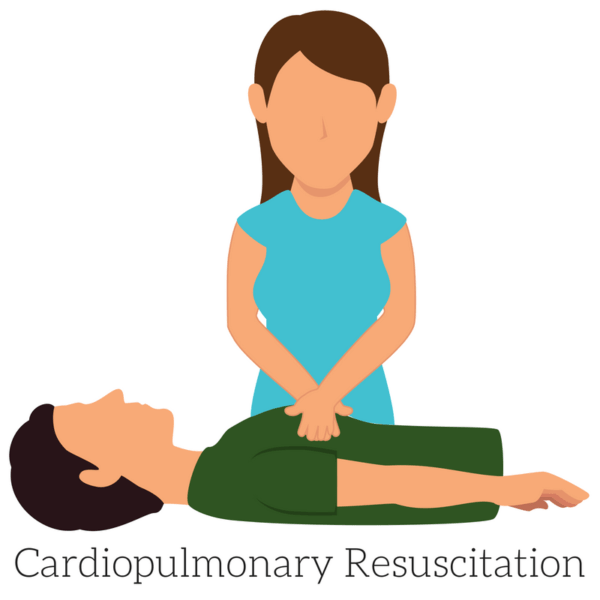Cardiopulmonary resuscitation (CPR) can help save a life during a cardiac or breathing emergency. CPR keeps the blood flow active and extends the opportunity for a successful resuscitation once medical staff arrive.
CPR should be performed by anyone on the scene. While training and certification is helpful helping the victim is the top priority. Here are five quick tips to think about when performing CPR.
- Minimize interruptions in chest compressions
- Provide compressions of adequate rate and depth
- Avoid leaning on the victim between compressions
- Ensure proper hand placement
- Avoid excessive ventilation
Finding yourself in a situation where CPR is needed can cause panic but if you read over these simple steps, or even print them and keep them in a visible place, you will be able to properly perform successful CPR.
What Should You Do Before Giving CPR?
- Check the scene and the person. Make sure the scene is safe, then tap the person on the shoulder and shout “Are you OK?” to ensure that the person needs help.
- Call 911 for assistance.
- Open the airway. With the person lying on his or her back, tilt the head back slightly to lift the chin.
- Check for breathing. Listen carefully, for no more than 10 seconds, for sounds of breathing. (Occasional gasping sounds do not equate to breathing.) If there is no breathing begin CPR.
What Is the Proper CPR Technique?
- Push hard, push fast. Place your hands, one on top of the other, in the middle of the chest. Use your body weight to help administer compressions that are at least 2 inches deep and delivered at a rate of at least 100 compressions per minute.
- Deliver rescue breaths. With the person’s head tilted back slightly and the chin lifted, pinch the nose shut and place your mouth over the person’s mouth to make a complete seal. Blow into the person’s mouth to make the chest rise. Deliver two rescue breaths, then continue compressions.
Note: If the chest does not rise with the initial rescue breath, re-tilt the head before delivering the second breath. If the chest doesn’t rise with the second breath, the person may be choking. Look for an object blocking their airway, remove if seen.
- Keep performing cycles of chest compressions and breathing until the person displays signs of life, such as breathing, an AED becomes available, or a trained medical responder arrives on scene.

